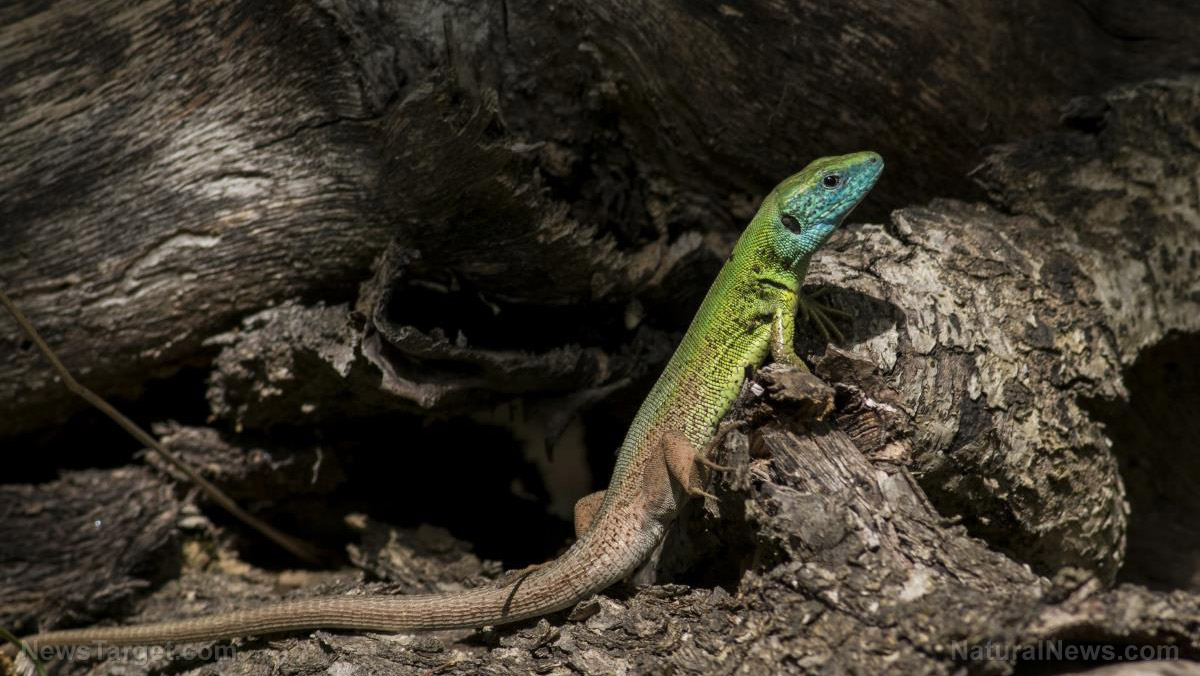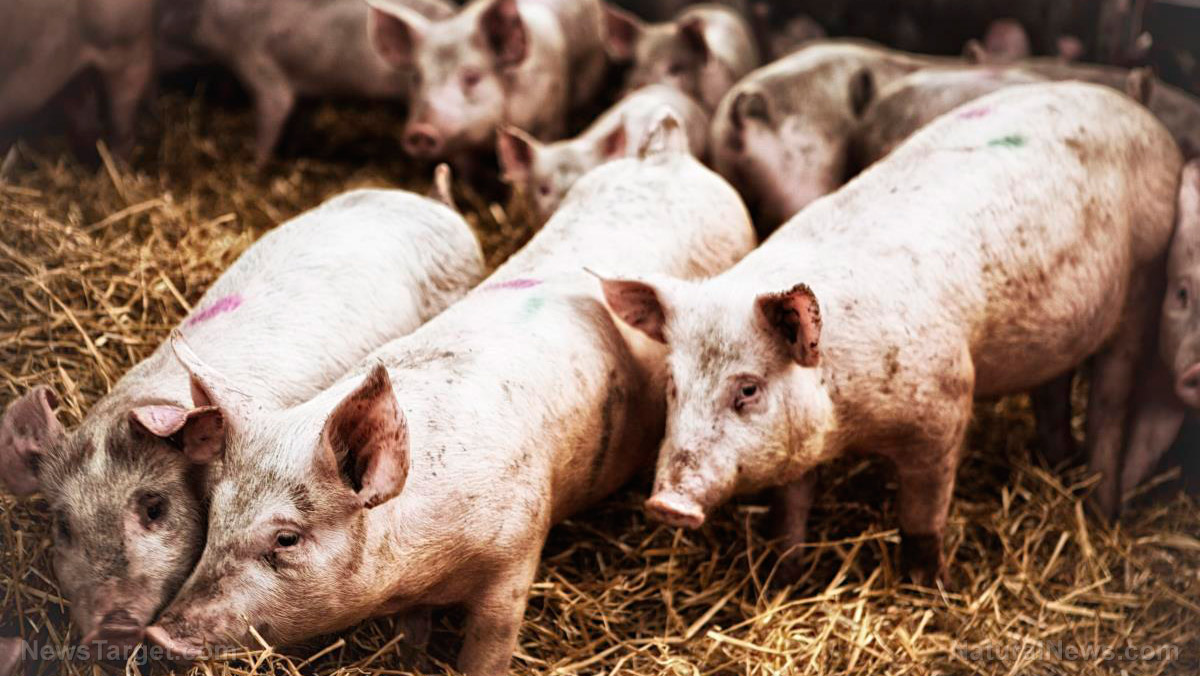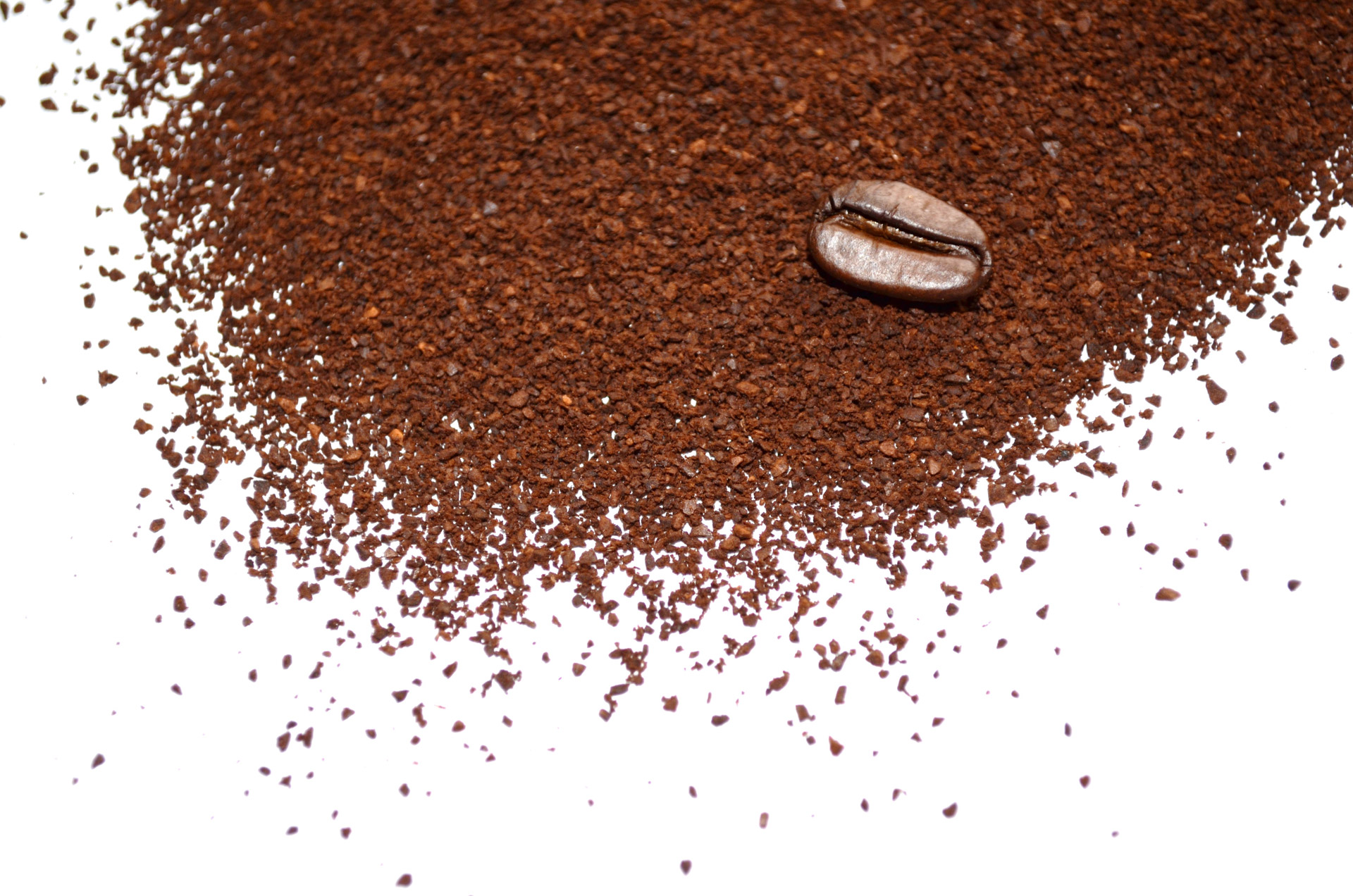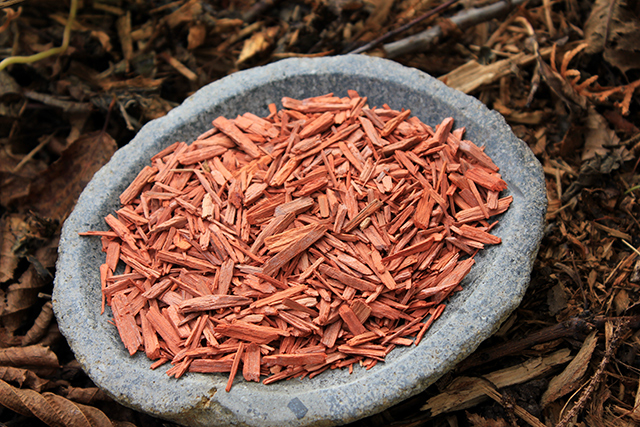Researchers look at how some tropical tree-hugging lizards are able to survive severe wind storms
10/15/2018 / By Edsel Cook

In what has to be one of the strangest experiments ever conducted, researchers tested the ability of tropical lizards to resist being blown away by a leaf blower. An article in The Daily Mail reported that the little lizards could hang on to surfaces despite exposure to wind speeds commonly found in strong storms.
Lizards are known for their sticky feet. They can climb vertical surfaces and slippery materials without problems. If one ever ended up on your clothes or body, you probably know how hard it is to shake or pry the lizard off.
Tree-hugging lizards are especially clingy critters. They need to be, given many of them live in regions that are regularly beset by powerful storms such as Hurricanes Irma and Maria, both of which were classified as the strongest Category Five storms.
Harvard researchers gathered 47 different species of tropical lizards that live in the Caribbean region. They placed each lizard on a wooden post and subjected it to different wind speeds. They noted the strength of the wind required to blow the animal off its perch. (Related: Science journal punked by technology “paper” that rewrote Star Trek episode plot.)
Tree lizards can withstand strong winds of tropical storms
For a hurricane to achieve tropical storm classification, it needs to hit at least 74 miles per hour (mph), which makes it a Category One storm on the Saffir-Simpson scale. The winds during Category Five storms like Irma and Maria exceeded the 157 mph requirement, with Irma hitting 170 mph.
The Harvard researchers reported that the lizards practically lounged on the post despite exposure to wind speeds found in Category One storms. The animals only encountered difficulty when the leaf blower approached Category Two wind speeds.
By the time the winds reached 102 miles per hour (164 kilometers per hour), the lizards were imitating a common humorous scene from Saturday morning cartoons. The little reptiles clung to the pole with their front feet while the rest of their bodies did their best impression of a flag on a windy day.
“All the lizard needs is an inside out umbrella and the image would be perfect,” remarked Colin Donihue, the leader of the Harvard research team and primary author of the paper.
Even the toughest of the lizards called it quits when the wind hit 108 mph (174 kph). They got blown off the post and into the waiting safety net. No lizards were harmed or sacrificed in the experiment.
Certain traits help lizards cling to safety during hurricanes
So what was the point of this experiment? The Harvard researchers explained that their study is the first to demonstrate natural selection through means of hurricanes. They reported that lizards with certain physiological traits lasted much longer in wind conditions found in hurricanes.
In 2017, Donihue’s team were measuring tree lizards in the Turks and Caicos Islands right before Irma and Maria hit the region. They returned to the islands a few weeks after the storms ended. Their new objective was to determine any physiological differences in the surviving lizards.
They found that surviving lizards displayed bigger toe pads, much longer – and strong – front limbs, and shorter back limbs. The survivors also showed bulkier front halves and slightly lower mass.
The size of their toe pads was considered to be the most important trait that determined their clinging ability. Donihue believes this is a reason why the toe pads of island lizards are bigger than those of their inland cousins.
“These lizards are very impressive for their clinging in the high winds,” he said of the doughty animals.
At Survival.news, you can immerse yourself in knowledge and skills that will help you survive storms strong enough blow tropical lizards off their perches.
Sources include:
Tagged Under: animals, Hurricane Irma, Hurricane Maria, Hurricanes, lizards, natural selection, storms, weird science, wildlife ecology, winds


















